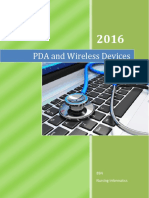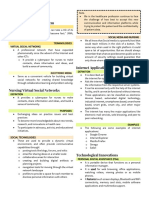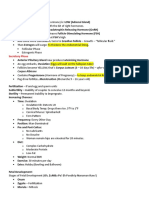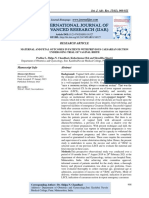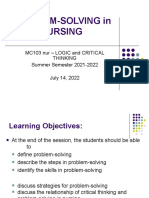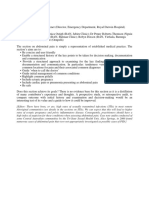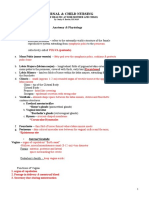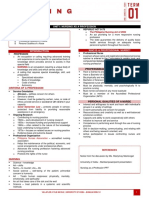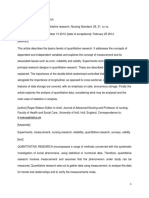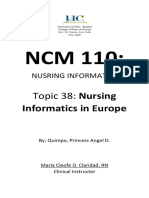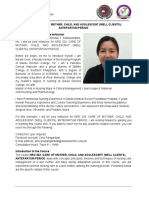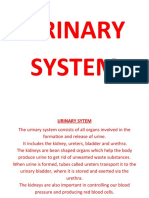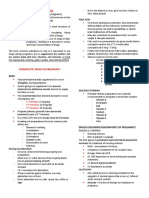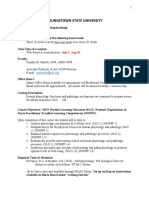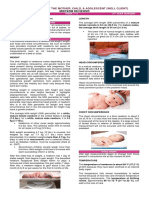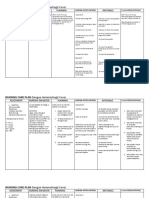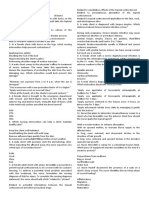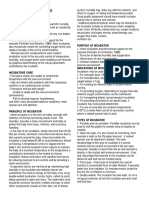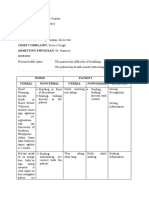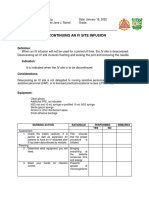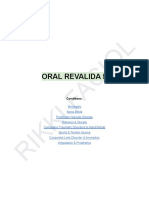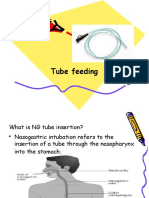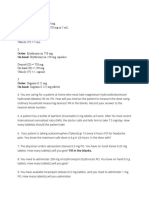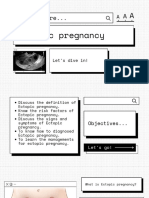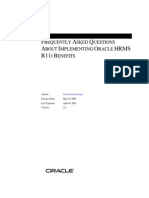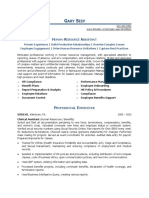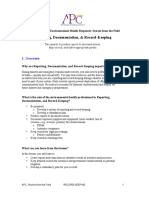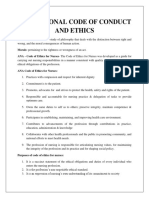0% found this document useful (0 votes)
107 views29 pagesPDAWIRELESSDEVICES
This document discusses various mobile devices and their characteristics including smart phones, desktop computers, notebook/laptop computers, tablets, personal digital assistants (PDAs), and wireless capabilities. It provides details on factors like size, weight, display size, processing power, memory/storage capacity, and battery life. It also covers common PDA applications and functions as well as clinical applications categorized by functions like references, pharmacology databases, and medical calculators.
Uploaded by
Princess Huey GreyCopyright
© © All Rights Reserved
We take content rights seriously. If you suspect this is your content, claim it here.
Available Formats
Download as PDF, TXT or read online on Scribd
0% found this document useful (0 votes)
107 views29 pagesPDAWIRELESSDEVICES
This document discusses various mobile devices and their characteristics including smart phones, desktop computers, notebook/laptop computers, tablets, personal digital assistants (PDAs), and wireless capabilities. It provides details on factors like size, weight, display size, processing power, memory/storage capacity, and battery life. It also covers common PDA applications and functions as well as clinical applications categorized by functions like references, pharmacology databases, and medical calculators.
Uploaded by
Princess Huey GreyCopyright
© © All Rights Reserved
We take content rights seriously. If you suspect this is your content, claim it here.
Available Formats
Download as PDF, TXT or read online on Scribd
/ 29
